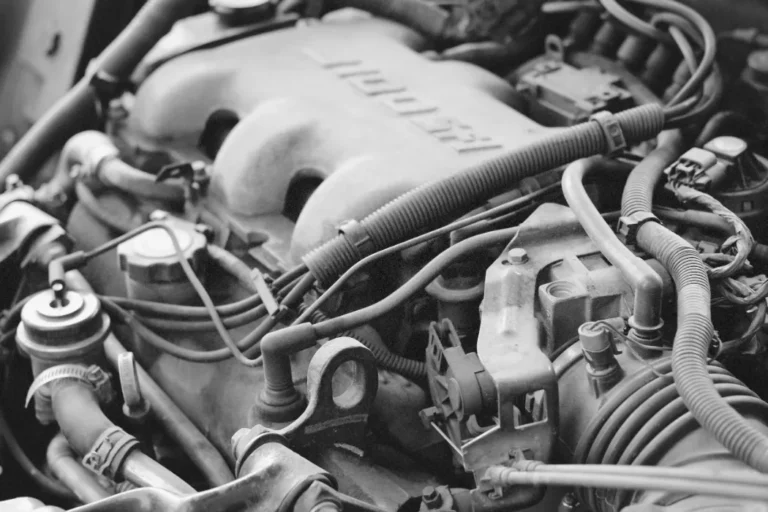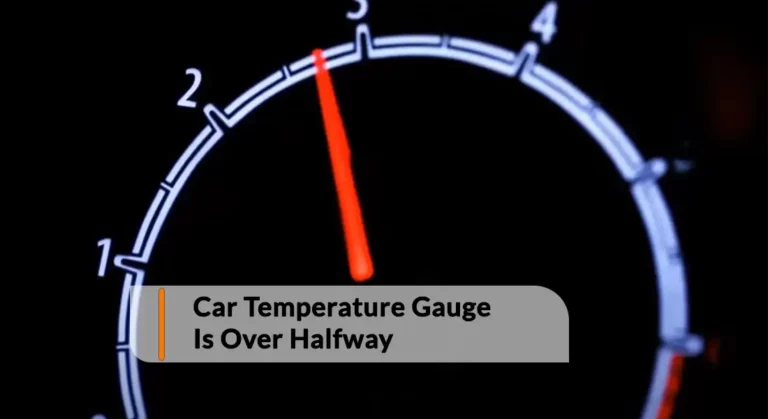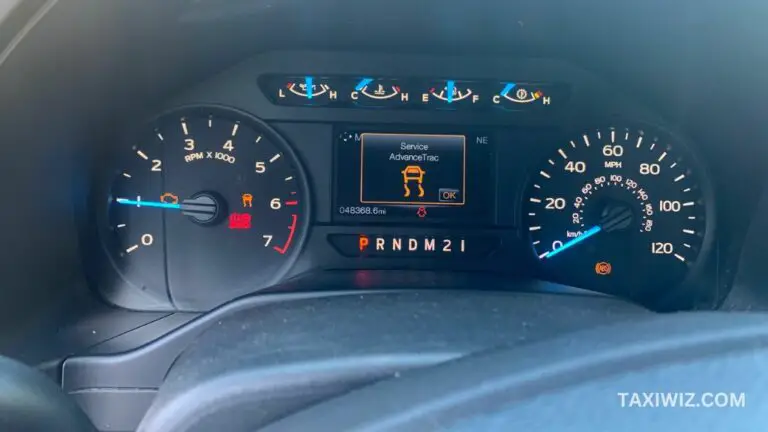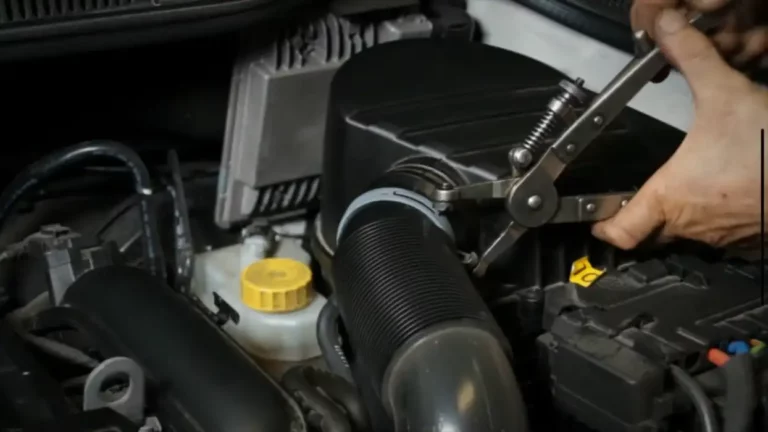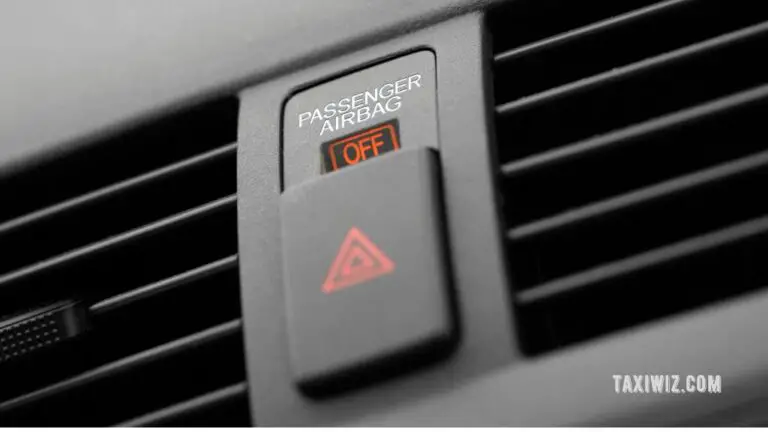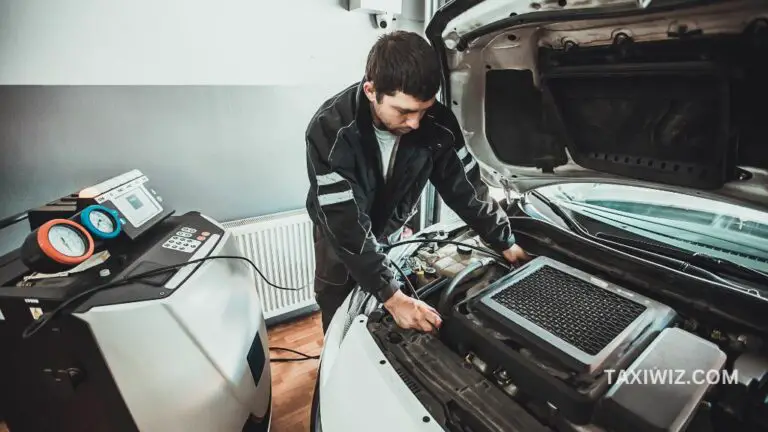Can a Bad Neutral Safety Switch Cause Shift Problems? Yes! (Though Indirectly)
Like many other car parts, a neutral safety switch is prone to failure. Age, corrosion, accumulated dirt, and damage to the wires are among the causes. But what happens when the vehicle develops shifting problems, can it be responsible?
A neutral safety switch may be responsible for shifting problems, though indirectly. This switch can cause the car to stall when shifted to any gear, especially the drive gear. It can also make shifting difficult and cause the vehicle to jerk when shifting.
However, the car may be experiencing other problems causing shifting issues. Read on to learn how to ensure the neutral safety switch is the cause and its solutions.
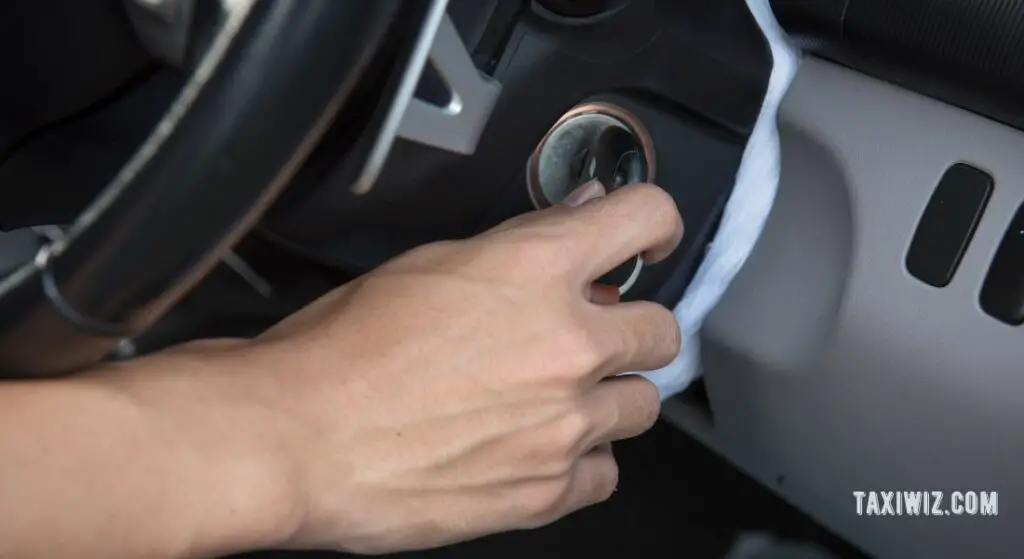
How Neutral Safety Switch Works?
The neutral safety switch, also known as the inhibitor switch, is a device used in a vehicle for safety measures, mostly when starting the car. This device is often mounted beside the transmission on automatic vehicles and connects to the shifting linkage.
The switch is a relay that receives constant power when you turn the key on. Once you turn the key to start, this switch sends a current to the starter motor through a passage. However, this passage is only available when the gear is in neutral or parking gear. Otherwise, the engine won’t start.
Modern electronic transmission has a transmission sensor or gear position sensor, which acts as a neutral safety switch. This sensor can be external or internal and tells the transmission shifter location.
The clutch start switch on manual transmissions works as the neutral safety switch. It prevents the vehicle from starting unless the clutch is depressed, disconnecting its transmission from the engine.
This device prevents various occasions that can endanger your life, including;
- Preventing an occasion where the vehicle starts and immediately moves forward unexpectedly. This scenario can happen if the car is in drive gear.
- Preventing a scenario where the vehicle moves backward instantly after starting. If a car starts when the gear is in reverse, it often jerks backward.
- The safety switch also prevents occasions when kids may start the car while alone, and it immediately moves.
How Does a Bad Neutral Safety Switch Cause Shifting Problems?
A bad neutral safety switch can indirectly cause transmission issues in various ways.
- It can prevent the vehicle from starting, and without the engine running, there is no rotation input.
- Also, a faulty neutral safety switch may cause issues when switching to various gears. For instance, when shifting from reverse to drive or vice versa, passing through neutral.
- A faulty neutral can also cause problems when shifting from a stop. The car can experience a lug when shifting and sometimes stall shortly after shifting.
Neutral Safety Switch Symptoms
It’s necessary to confirm that the neutral safety switch is the cause of shifting problems. This is because other parts may be the cause, and repairing this part won’t solve the problem. Following are various symptoms of a failing neutral safety switch.
1. Starting Problems
One of the symptoms of a bad neutral safety switch is the vehicle failing to start even when on neutral or packed. Sometimes the driver must jiggle the shifter so the car can start. However, ensure other parts, like a faulty battery or starter, are not the cause.
2. Starting in Other Gears
When your vehicle can start in other gears, the neutral safety has a problem. The engine should start on neutral or park gears, but not others.
3. Starting When Only on One Safe Gear but Not Both
Sometimes, the car may start only on neutral or park but not both. This scenario is among the early signs the neutral safety gear is failing.
Solutions to Neutral Safety Switch Problems
Solving the neutral safety switch is not always easy and is often best done by professionals. The main reason why you may need a mechanic is because of its position, which depending on the car, may be hard to access.
The replacement can cost between $100 and $350, depending on the car type and the repair shop. However, you can do the replacement by first locating where this switch is, using your user’s manual. Afterward, follow the steps below;
- Step 1: Switch off the engine and set the transmission to neutral.
- Step 2: Disconnect the battery, beginning with the neutral terminal.
- Step 3: Raise and support the vehicle.
- Step 4: Disconnect the connectors to the neutral safety switch.
- Step 5: Using a compatible socket and a ratchet, unscrew the switch. In some cars, you may have to remove the front drive shaft first.
- Step 6: Remove the neutral safety switch and replace it with a new one.
- Step 7: Screw the new switch in.
- Step 8: Replace the connectors.
- Step 9: If you had to remove the front drive shaft, put it back.
- Step 10: Lower the car and reconnect the battery.
- Step 11: Test the new neutral safety switch.
Other Causes of Shifting Problems
As mentioned above, the neutral safety switch may not be the problem. If this is your case, various things may be the cause. They include;
Transmission fluid lubricates the moving parts in a transmission, reducing friction. This fluid also provides hydraulic pressure needed by various components in the transmission. When transmission fluid is low, there is reduced pressure in the transmission, causing slow shifting.
The transmission control module gets information from various sensors, like the speed sensor, and adjusts transmission functions accordingly. If this sensor is damaged, the car may have problems shifting.
Various components, like torque converters and clutch plates, can cause shifting problems when worn out. Some of the issues caused by these components include shift slide problems and hard gear.
Transmission filters ensure the fluid stays clean by filtering contaminants as it passes through. After a time of usage, these filters may become clogged, restricting the fluid from passing through. This scenario allows the internal parts of the transmission to overheat and wear, causing shifting problems.
Conclusion
A neutral safety switch can cause shift problems if it becomes faulty. For assurance, check for symptoms, like the vehicle starting in any gear other than neutral and park gears. Once confirmed, you should replace the neutral safety switch with another one.
You can hire a mechanic for this operation or do it and save the labor money. However, check other transmission parts if your diagnosis shows this switch might not be behind the shifting issues. Worn-out transmission components and low transmission fluid can be the cause.
Video References
Top 5 Auto Repairs

